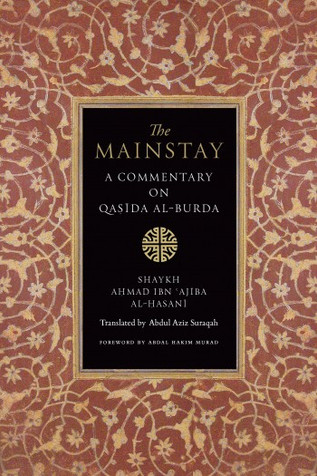Publisher: Ihsan Press
Qasida selection
The basis of Echoes from Eternity was Sheikh Iyad al-Ghawj’s orginal collection produced for Sheikh Nuh. Echoes was fortified by the selections of Sidi Abu Munir and Sheikh Salah al-Kurdi and requests from individuals for qasidas that are sung in Shadhili and Sufi gatherings.
The second edition was renamed Nasa’im al-Hadra by Sheikh Nuh. Nasa’im al-Hadra (Songs of Presence in English) includes 80 new qasidas. These are mostly provided by the son of Sidi Abu Munir, Sidi ‘Abd al-Rahman al-Sha’’ar—previously the head munshid of the Nuriyya and Ward Mosque—who was able to relate exactly which qasidas Sheikh ‘Abd al-Rahman al-Shaghouri (may his inmost soul be sanctified) promoted, by virtue of preferring those conveying the sublime meanings of the Shadhili tariqa. He was also able to describe the textual variants Sheikh ‘Abd al-Rahman preferred and often his reasons for such. Many of these discussions have been summarised in the expanded English notes.
Art and design
The design attempts to produce a felicitous hybrid of the Arabic illuminated manuscript tradition and the classical European typesetting. The latest features of InDesign—the standard typesetting programme of the publishing industry—including the Tasmeem font—the most powerful typeface for InDesign which highly resembles calligraphy—have been utilised. The book’s cover and text are designed according to timeless harmonic proportions in the spirit of Bringhurst’s Elements of Design. The designer Besim Brunac of Irada Arts began the work and Mukhtar Sanders completed it, each using Bringhurst and helping to bring the principles and inspiration for this work into fruition.
While Songs of Presence is a typeset work, rather than a designed work of art, art and calligraphy are incorporated where suitable, including borders and frames designed by Ustadh Ibrahim Batchelder and Sidi Mukhtar Sanders, ebru (marbled) endpapers designed by the Turkish master Alparslan Babaoǧlu, and islimi and calligraphy maqam divider pages. The title calligraphy is produced by Mothana al-Obaydi, a master who trained at the hands of the pre-eminent calligrapher, al-Baghdadi. Much of the calligraphy was supplied from traditional artists via Irada Arts of Jordan, including the maqam titles (which are mistakenly attributed in the printed book). The Arabic and English text mirror each other and are set on a harmonic baseline grid.
Printing features
The cover will be printed utilising leather-effect to avoid the bubbling occurring to the soft-cover of the first edition and to resemble a classical book. The leather itself will, in sha’ Allah, produce the needed strength and flexibility of the cover—as opposed to a thick, inserted card. The leather will be embossed and stamped with gold foil—incorporating the design of Ustadh Ibrahim Batchelder from the door of the Zawiya in Amman—and the edges gilded, producing a book which is beautiful but rugged and pliable such that it does not fear constant use or being stuffed into a bag for transport. A single mikleb (flap)—similar to that found with some Masahif—will be incorporated as a touch from the manuscript tradition and as a useful protection and placeholder.
 US Dollar
US Dollar















